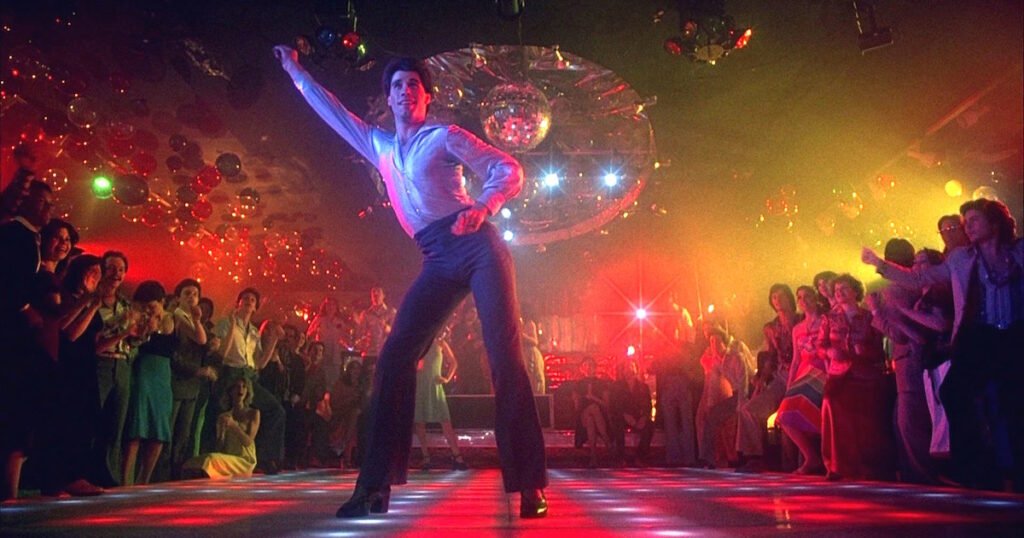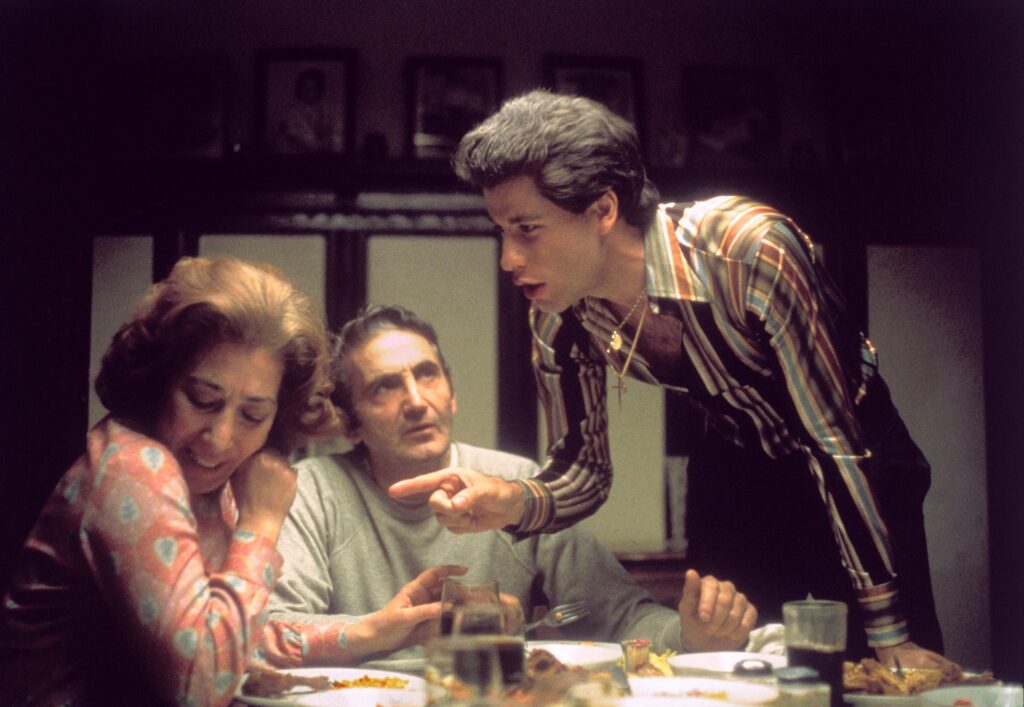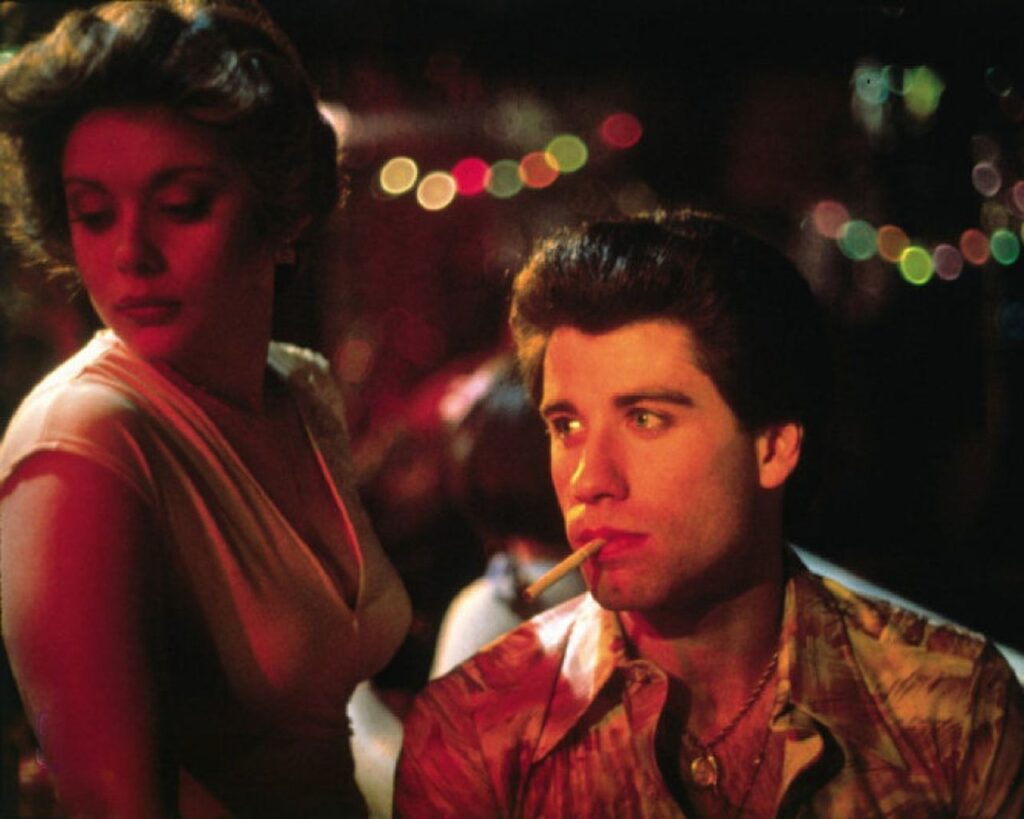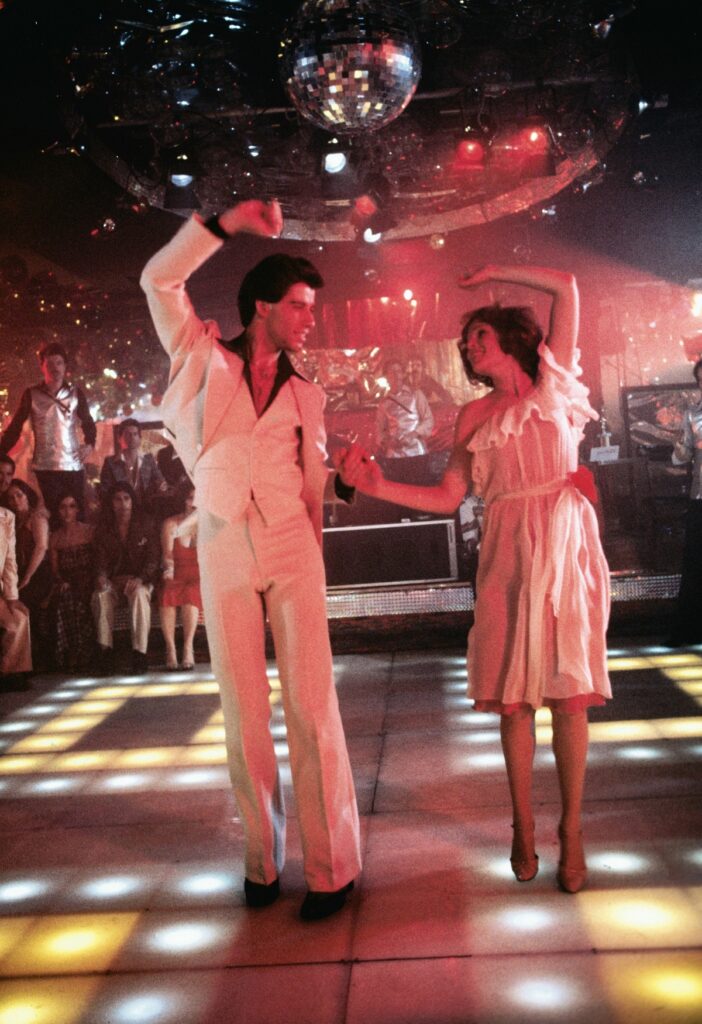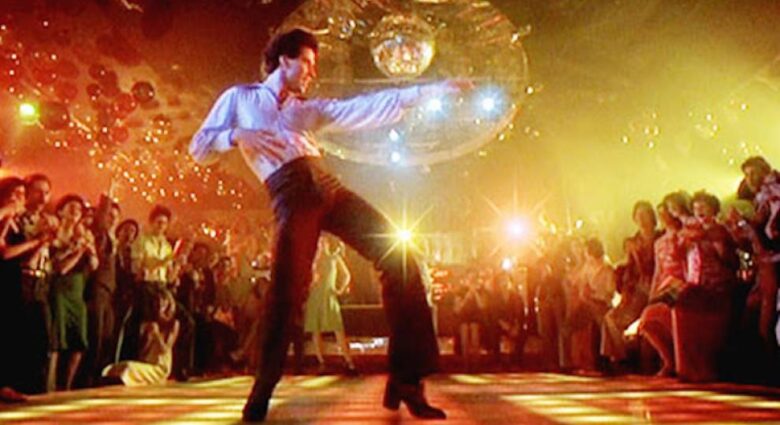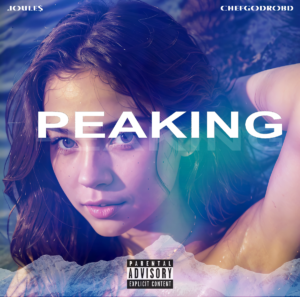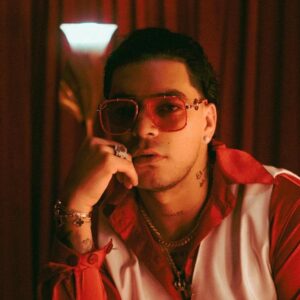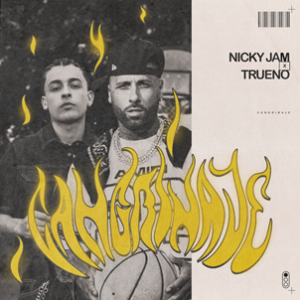Rarely has a movie captured a time and place as “Saturday Night Fever” does. As a cultural artifact, “Fever” is remarkable. Bell bottoms, working-class Brooklyn and the brief reign of disco are all celebrated in the 1977 story of young Tony Manero, ruling New York dance floors at night while struggling on the city’s mean streets during the day. The opening credits, in which Manero (young John Travolta) struts down the street to the Bee Gees “Stayin’ Alive,” perfectly herald the glories of this stunning time capsule.
When I was living through it, as an awkward, iconoclastic teenager, I detested disco. Like so many, I embraced the rebellion of punk against all the excess and bombast. Ironically, or perhaps inevitably, punk in its pure form and disco had their heydays at the same time, that brief period of ’76-’79. It was easy to sneer at disco and all the people way cooler than me who were cutting the rug to it, but now I must acknowledge it as an irresistible integration of funk into whiter, tamer art forms popular at the time (think Bread, Fleetwood Mac, America, Paul McCartney and Wings).
Thank you, Donna Summer. Thank you to the Bee Gees. The Brothers Gibb, who had made a modest name for themselves in the ’60s and early ’70s with quavery ballads and seemed whiter than white, a whiter shade of pale, one might even say, were struggling when producer Arif Mardin suggested to Barry Gibb that he try singing falsetto in 1975 and that the brothers incorporate some R & B grooves into their melodies. The Bee Gees soaring harmonies and rubber-band rhythms were the high-water mark for disco. As Bob Marley remains the fountainhead of reggae, so the Bee Gees will always be the first band to come to mind when you say disco.
The kinetic freshness in the “Fever” soundtrack combined with lithe dancing sequences prepared the world for MTV. Rock songs had been merged with short film before “Fever” to little notice. Afterward, videos became the primary manner by which the public experienced music. The era of arena rock, born at Woodstock, declined sharply after “Fever.”
Yeah, there’s a lot to “Fever.” I think of the ’70s in anthropological terms. There’s undoubtedly something in academia about this, but I don’t think it’s an accident that the extravagant rococo era in design coincided with the Enlightenment of the 18th century. The flowering and embrace of reason, the unchaining of the imagination went in all directions. So in the 1970s, the masses checked out art-house movies and Andy Warhol, smoked weed, pushed out Richard Nixon and wore wide ties. Yes, the garish colors and silk pattern shirts, the bell bottoms and high heels for men and women … and don’t forget the shag carpet and all the indiscriminate shagging it facilitated. It was all part of the design extravagance that echoed the Rococo era.
“Saturday Night Fever” is not some documentary though. It resonates because of the pathos of Tony’s double life — the gleeful, gyrating king of the disco is a humble peon when the sun rises on a gritty Brooklyn nothing like the chi chi borough of today. Tony has few prospects and flawed friends and relationships. He feels inferior around his brother the priest (our vision of priests has changed too, hasn’t it?). Tony persists in his passion in the disco – because it’s about all he’s got.
“Fever” certainly bears a resemblance to the first “Rocky,” that underdog movie set in nearby Philadelphia. With the right character and script, Travolta and Sylvester Stallone could excel at that fragile bravado. It’s too bad that neither were given such vulnerable roles often in their careers.
Growing up Italian-American in New Jersey in the 1970s, I had no idea of the remarkable moment I was living. I was so proud when my mom actually made a leisure suit for me — blue polyester blazer and bell bottoms, with a silk shirt bearing a blue and white sailing pictures. I wore it proudly at my cousin Karen’s wedding in Newark and the extravagant reception later. In these fraught times, I could wonder if it were all just a fevered dream, some swirly vision brought on from a day in bed with COVID-19.
But “Saturday Night Fever” proves it was no fever. The ’70s were hardly a perfect time, but just like disco, they were a lot better than people give them credit for. Don’t believe me? Feeling angry, vengeful? Watch this movie and know … you should be dancing, yeah. You should be dancing, yeah.
Samurai Night Fever, by Daniel Housman
